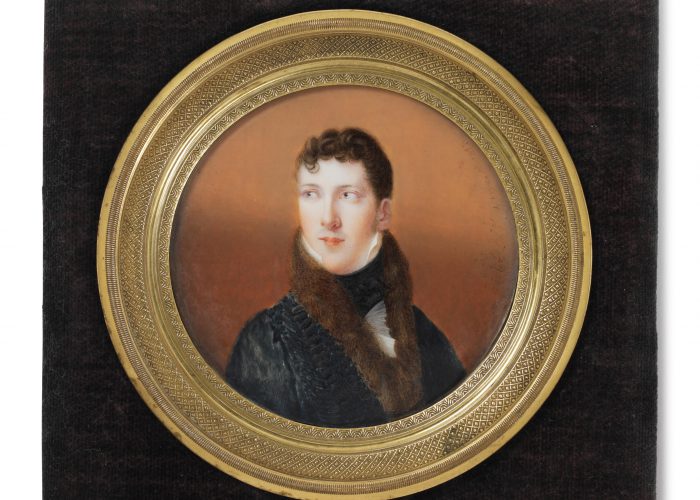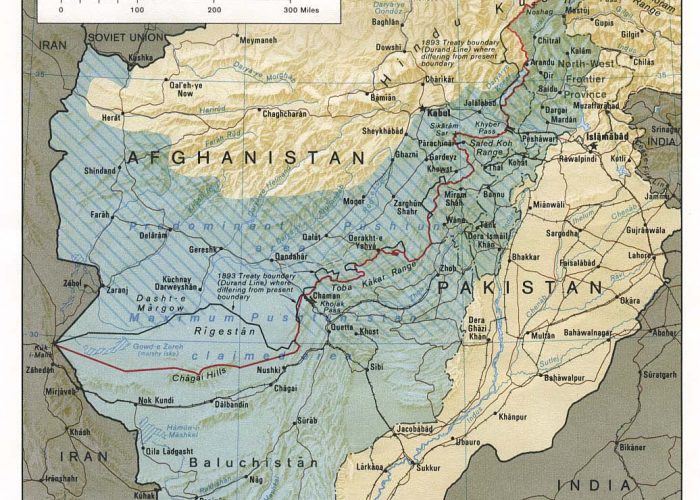A miniature of Hon. Henry Percy
A small miniature portrait of the man who brought the Waterloo Dispatch to London
This miniature of Major the Hon. Henry Percy is privately owned. Many items (see below) in this collection relate to the event of the Waterloo Dispatch being delivered to the Prince Regent in St James’s Square.
Major Percy was the fifth son of Algernon, 1st Earl of Beverley and the grandson of the Duke of Northumberland. He was one of Wellington’s Extra ADCs and held a commission in the 14th Light Dragoons. He was later described as being ‘remarkable for his powerful build and great personal daring’, although the miniature does not leave that impression.
He had previously served in Portugal during the Peninsular War and had been ADC to Sir John Moore at Corunna. He later formed part of Moore’s burial party. He was subsequently taken prisoner by the French and billeted with a family by the name of Durand. Awarded the CB (Companion of the Bath) and the Russian Order of St Anne after Waterloo, he died unmarried on 15th April 1825 in Portman Square and was buried in the crypt of the newly built St Marylebone Church, but is now interred in Brookwood Cemetery, Surrey.
Wellington began to write the Dispatch from his HQ in Waterloo immediately after the battle but it was completed on 19th June in Brussels. The fair copy was made and handed to Percy to take to Lord Bathurst, the Secretary of State for War and the Colonies.
The story of his journey is told elsewhere in the collection. It is alleged that he had been wounded in the foot at the battle, and it is possible that a small portion of a lead ball pierced a shoe and bruised a toe, but we cannot be certain of this story. What we do know is that a ring was fashioned from a lead ball and this was known as the Waterloo ring.
The painter of the miniature is Alexandre Delatour (1780-1858), who painted miniatures of Percy when a prisoner of war at Moulins, France in 1813. A copy of poorer quality was made later and is now at Alnwick Castle.
Henry Percy’s illegitimate descendants bore the surname Durand. His son and three grandsons were prominent members of the Indian Army or Indian Civil Service and Sir (Henry) Mortimer Durand, was one of the grandsons was the Viceroy’s Foreign Secretary for ten years 1884 to 1894. After this he was appointed Commissioner to survey the disputed Afghanistan and Indian border between 1894 and 1896.
Sir Mortimer was required to negotiate the official boundary with the Emir of Afghanistan, and then had to record it in a manner that would be understood [even if the locals continued to choose to ignore it!!] Thus the border came to be known as “The Durand Line” which largely stands to this day (see above).
Related Waterloo200 objects:
-
Use this image
You can download and use the high resolution image for use in a non-profit environment such as a school or college, but please take note of the license type and rights holder information below
- License Type: All Rights Reserved





